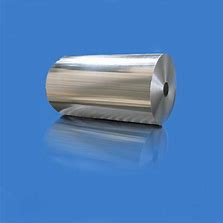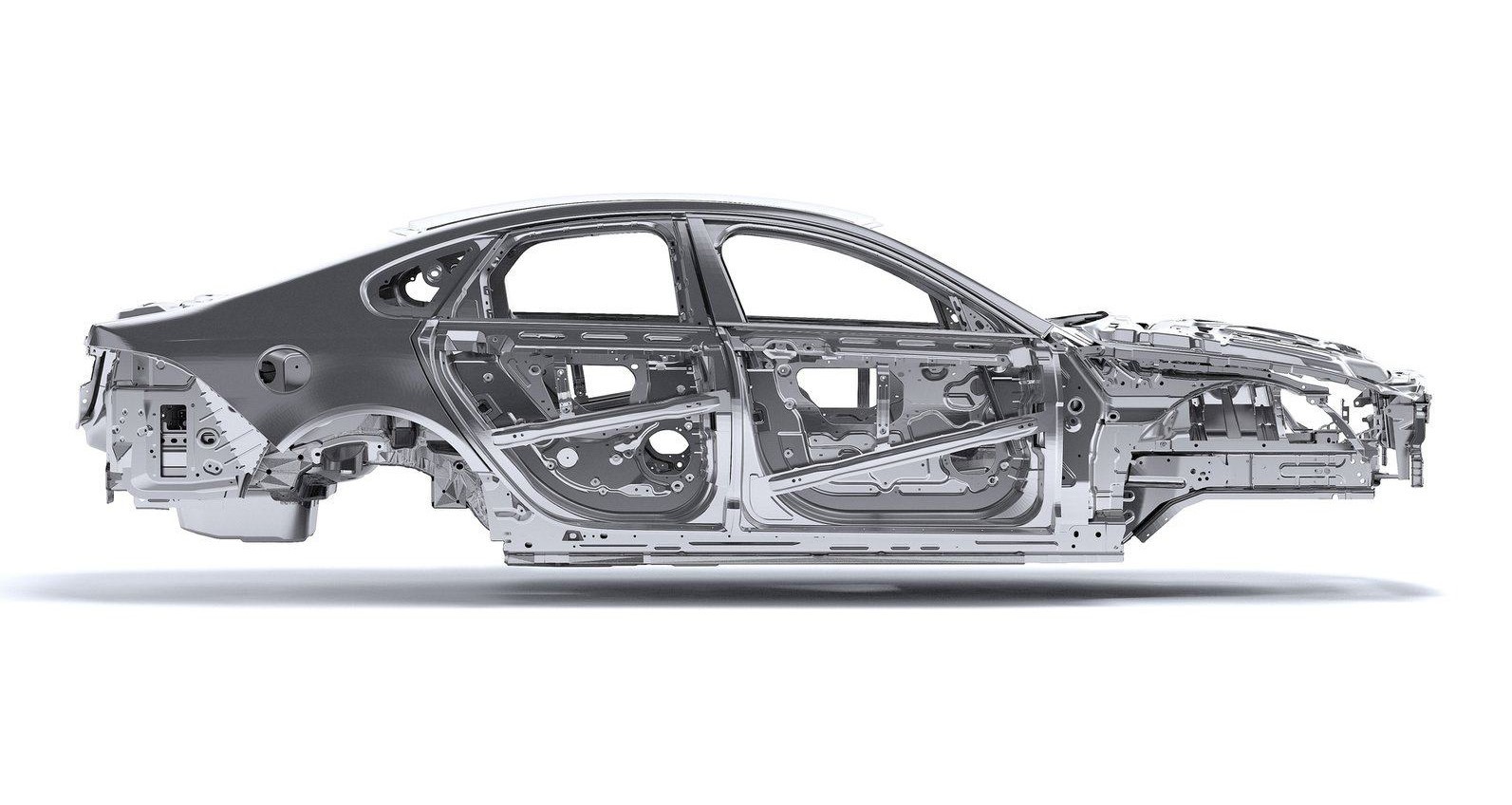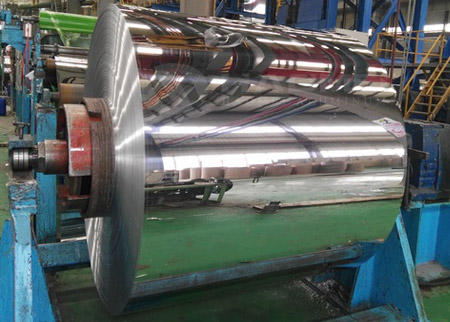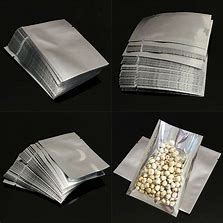



Hard anodising process conditions and requirements
Hard anodising is carried out using a DC power supply or a DC and AC superimposed power supply. A wide range of solutions are available, with sulphuric acid hard anodising being the most common.
When using the sulphuric acid hard anodising method, the factors affecting the oxide film layer should be considered.
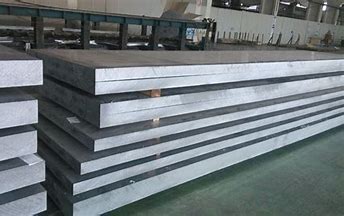
(1) Concentration of sulphuric acid oxidation treatment: 200 to 250 g/L is often used, and the relative density of the tank solution (at room temperature) is 1.12 to 1.15.
(2) Water: water is the main component of hard anodic oxidation treatment, generally using distilled water or cold boiled water, rather than tap water, because tap water contains chloride ions, when Cl a > 1%, its parts in the oxidation process will be corroded and white spots appear.
(3) The temperature of oxidation treatment: temperature is one of the important factors affecting the quality of the oxide film. Strictly control the temperature, its oxide film thickened, hardness increased and smooth, dense.
(4) Current density: Current is also one of the important factors affecting the quality of oxide film, which has a greater relationship with the generation speed of oxide film and the organisation of the oxide film. When the current density is too low, the generation speed of the oxide film is slow and the processing time increases; conversely, when it is too high, it leads to overheating of the solution and the electrode due to the Joule effect, which increases the dissolution speed of the oxide film, decreases the hardness and makes the surface rough and loose and powdery.
(5) Initial voltage and processing time: The initial voltage and time of hard anodic oxidation treatment also have a great impact on the quality of the oxide film. The initial voltage is too large, which will lead to an increase in current, Joule heat and heat generation, prompting a sharp increase in dissolution rate, the oxide film is soft, lustreless, powdered and not wear-resistant. For the oxidation treatment time, the thickness of the oxide film generally increases as the oxidation treatment time is extended, but after a certain time, if the applied voltage is not increased, the oxide film does not actually increase. If you continue to extend the time, the oxide film hardness is low, loose and powdered. On the contrary, if the oxidation treatment time is too short, the oxide film thickness is thin and not wear-resistant.
(6) Stirring of the oxidation treatment solution: the size of the stirring speed is related to the speed of oxide film generation (oxide film quality).
* Thank you for your inquiry. Please provide your business needs information so that we can better serve you.
This information can help us assign the most suitable person to solve your problem. We will give you feedback within 1-2 working days.
Related Blog
